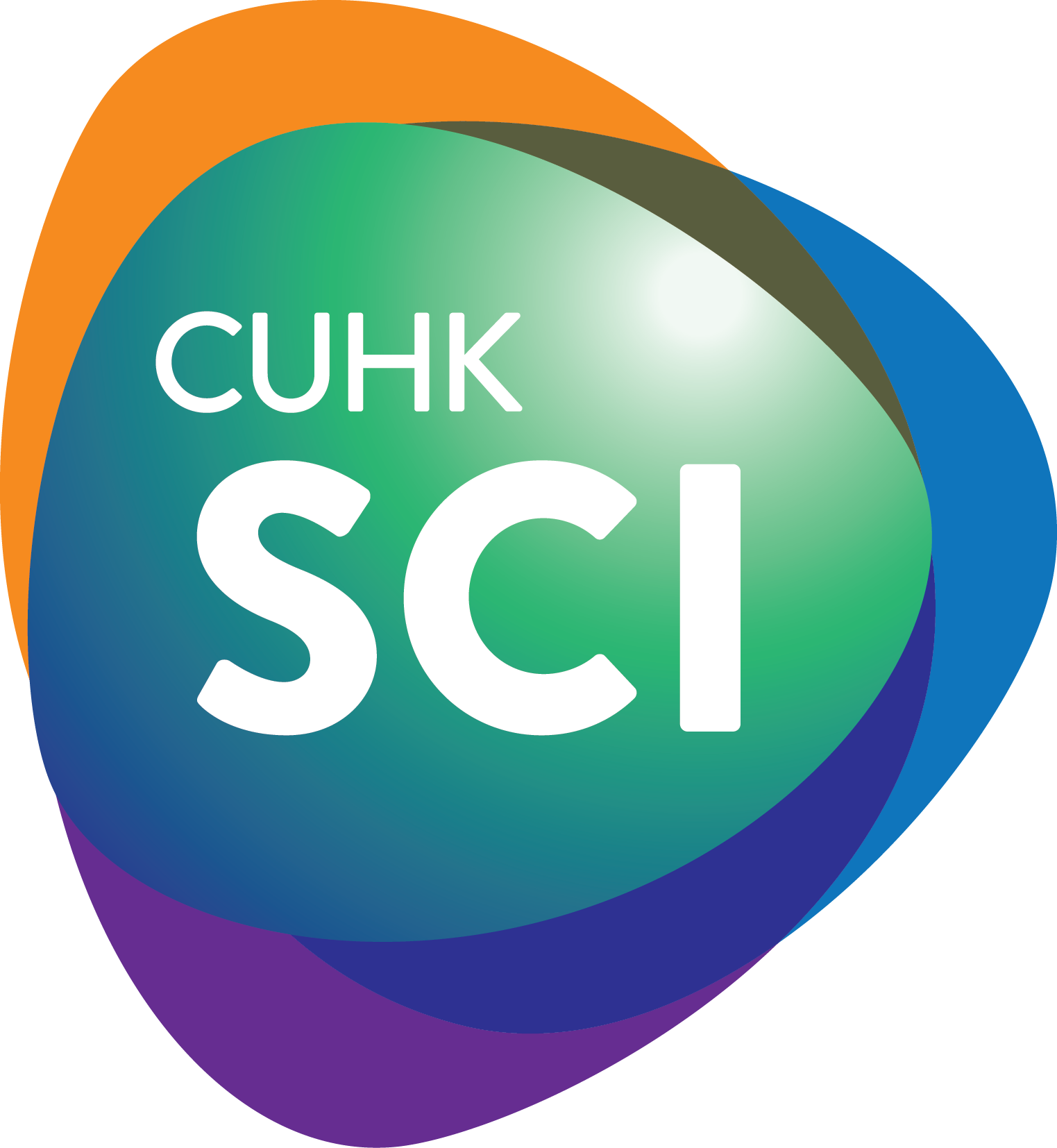RESEARCH
Condensed Matter Physics
Condensed Matter Physics
Magnetic and electronic properties of disordered photonic crystals, density functional theory, geophysical systems, kinetic glass transition of amorphous materials, physics of nonlinear composites, plasmonics, dynamic ER effects in complex fluids, quantum spin systems, interacting electron-phonon systems, fermion systems, nonlinear optical properties of conjugated organic molecules and semiconductor nanostructures, bosons in confining potentials, spin dynamics in semiconductor nanostructures, topological effects in condensed matters.
(Z.C. Gu | S.K. Goh | P.M. Hui | T. Lan | Q. Li | Y.F. Li | R.B. Liu | X.H. Lu | J.F. Wang | Q.S. Wang | L. Xu | H.R. Xue | Y.Q. Yan | J.Y. Zhu)
Optical Properties of Semiconductors
Spectroscopic methods are used to probe the electronic structures of semiconductors. Artificially structured materials are prepared and their novel optical properties studied.
(Q. Li | R.B. Liu | X.H. Lu | Daniel H.C. Ong | D.J. Wang)
Physical Properties of Strongly Correlated Electron Systems
Quantum Materials under Extreme Conditions
Our group uses hydrostatic pressure to tune the properties of quantum materials (e.g. superconductors, topological semimetals etc.), and examines their electronic, magnetic and thermodynamic properties of under low temperatures and high magnetic field. Of particular interest is the usage of quantum oscillations to examine the fermiology and to probe the itinerant electrons of these materials. The research goals include the understanding of the material properties with the electronic structure as the starting point, and to search for new and interesting quantum materials.
(S.K. Goh)
Scattering Studies of Quantum Matter
Our group applies advanced scattering techniques at large-scale synchrotron and neutron facilities to study quantum materials such as high-temperature superconductors, quantum magnets and unconventional charge ordering systems. We are interested in understanding the microscopic origin of their characteristic electronic and magnetic properties. Our research combines material discovery and scattering experiments which are complemented by theoretical modeling and simulations.
(Q.S. Wang)
Semiconductor Doping
To understand doping mechanisms, investigate electronic structures, and simulate thermal and kinetic processes of doping, density functional theory (DFT) calculations will be applied. Our goals are: investigation of defects and doping of semiconductors and their alloys (InGaN, AlGaP, CZTS, CIGS, SiC, diamond), which are very important solid state lighting, photo voltaic, and information materials. Defects and dopant formation energies and transition energies will be calculated. New strategies of tuning defects and dopants will be proposed.
(Q. Li | J.Y. Zhu)
Theoretical Studies of Surface and Interface Physics
Tuning surface properties can be critical in thin film growth and device properties. We’ll apply DFT calculations and classic molecular dynamics calculations to study surface phenomena. Our goals are: investigating the surface reconstructions, surface passivation, surface diffusion, surfactant effects, surface effects on doping in many different thin films and nano-materials, including CZTS, InGaN, CIGS, AlGaP, diamond, SiC, ScTiO3, various topological insulators and super conductors.
(J.Y. Zhu)

